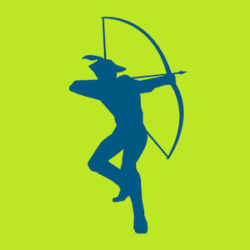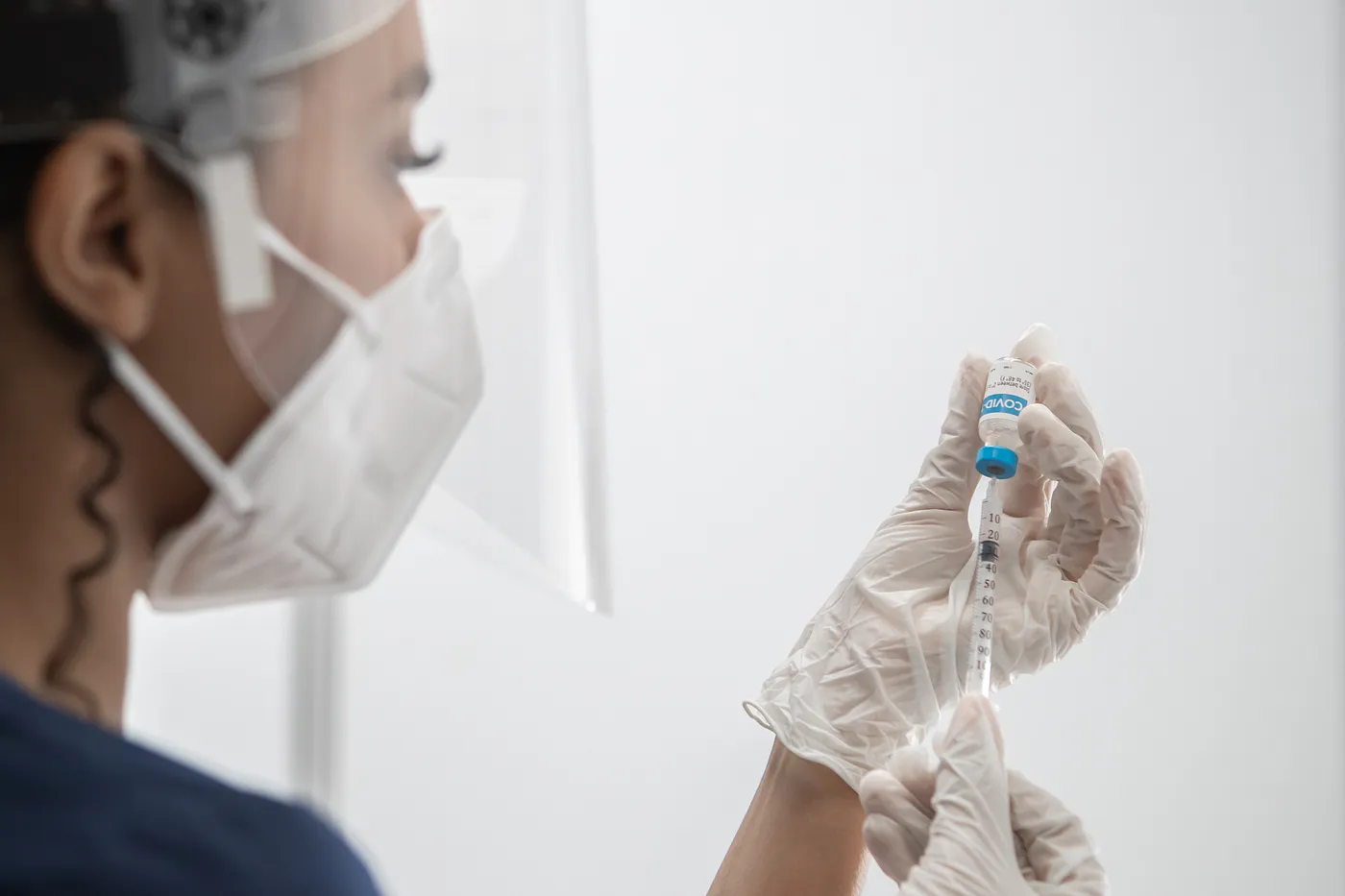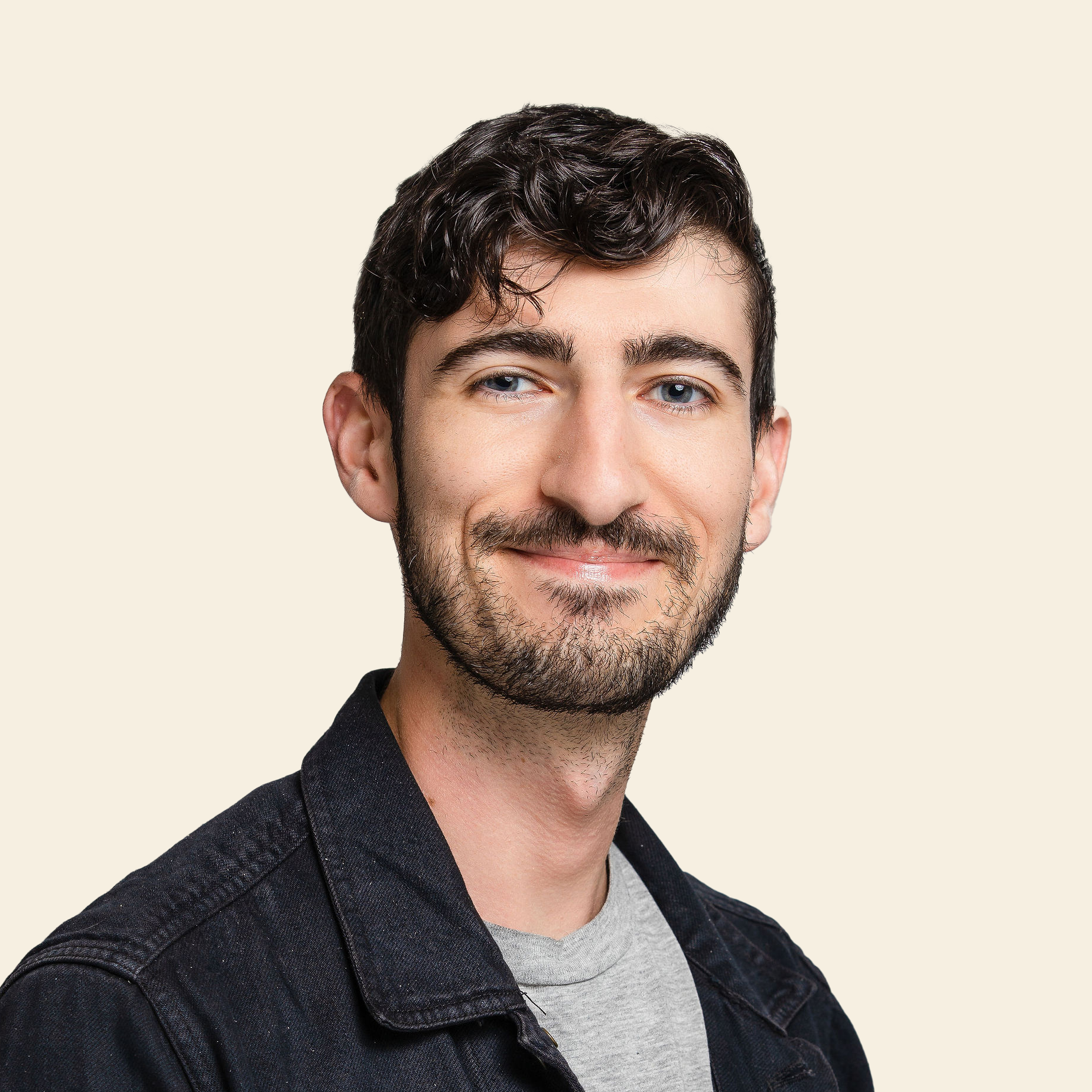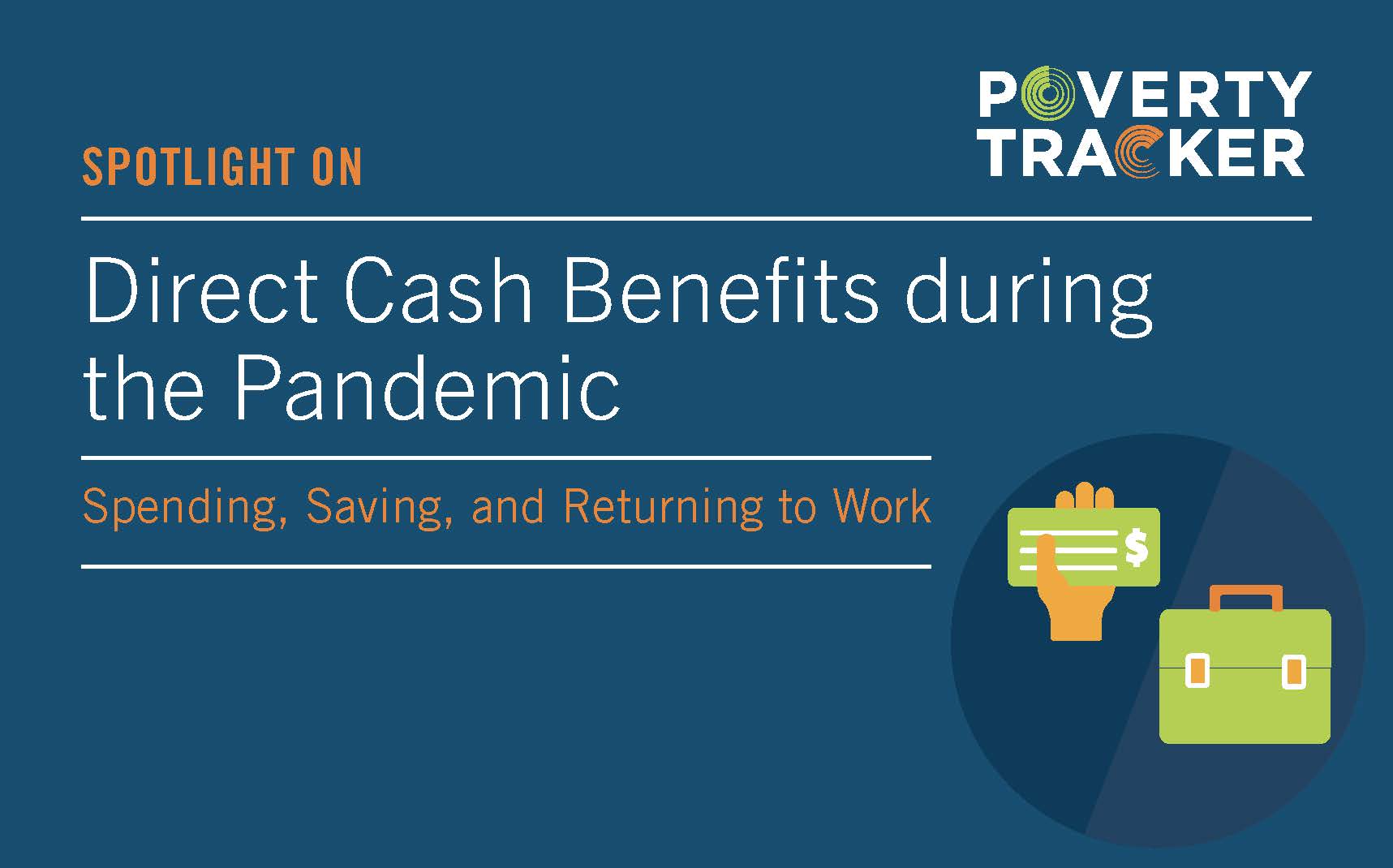Mar 18, 2021
How Robin Hood Provided Pandemic Relief, and What’s Next
We’ll take what we’ve learned and use it to seed recovery for New York City.
By Emary Aronson, Chief Knowledge Officer & Senior Advisor to the CEO
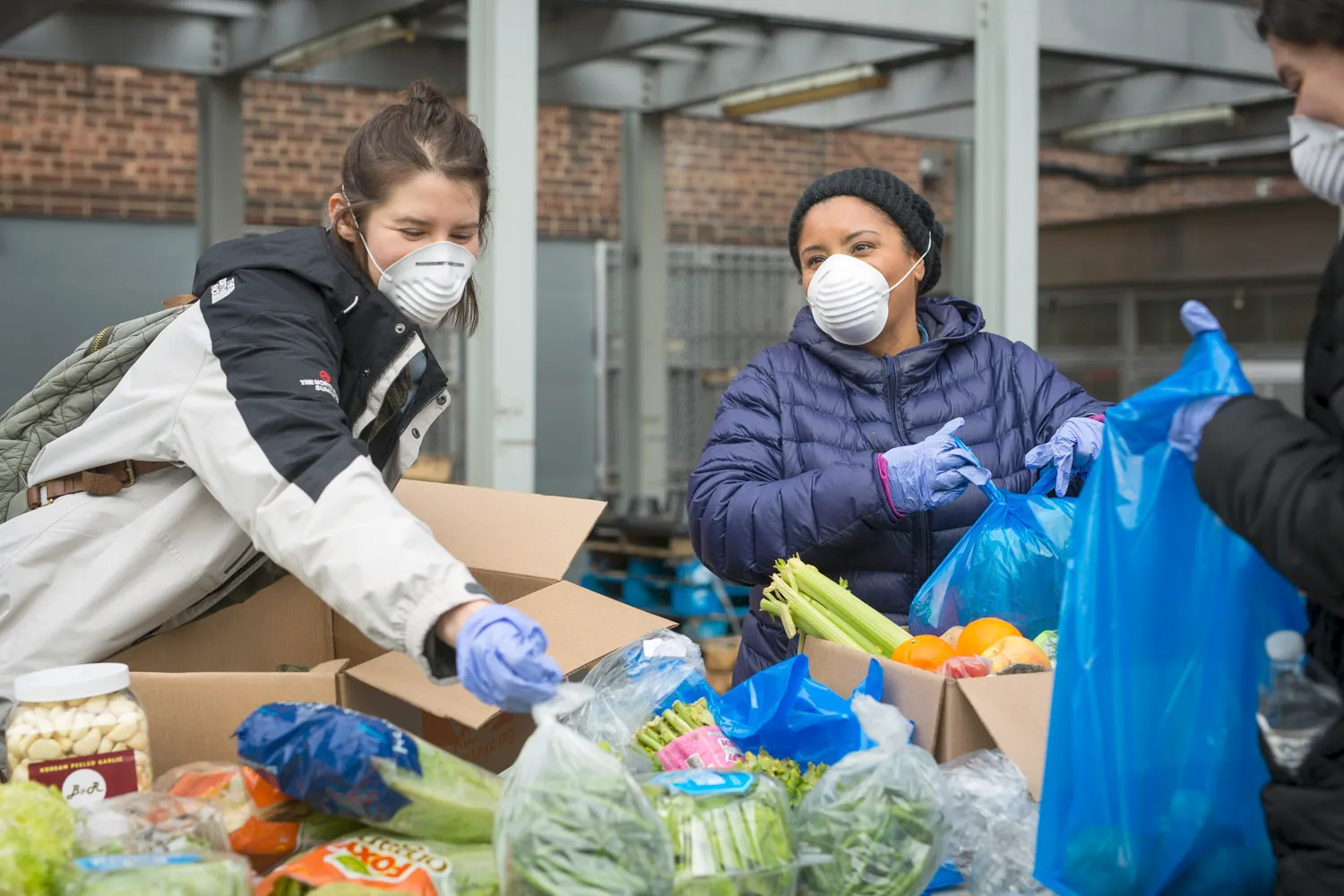
It’s been a year since the moment in March 2020 that the pandemic brought the city that never sleeps to a halt: the mandate that non-essential businesses should close, and people should work from home and that Sunday evening announcement that New York City’s public schools were not going to open on Monday morning.
We can still feel those very raw emotions, the fear and the confusion.
At Robin Hood we kept asking: How can you work from home if you do not have a home? How would we feed the one million children who depend on school for food? How could the half million New Yorkers without internet access work or learn from home? The issues we had always addressed in our 32 years on the frontlines of the poverty fight weren’t going anywhere. In fact, they had gotten worse overnight.
We did not yet know the loss and the pain those months — and now — would bring.
Nor could we predict that as this deadly disease would claim the lives of people of color at twice the rate as white people or that the events surrounding the murder of George Floyd, Breonna Taylor and so many others would create a national reckoning on race.
But what we did know a year ago is that whatever we would do, we would need to do together, in partnership with those on the frontlines, with the philanthropic community, and with policy makers. Robin Hood knew that we had to act quickly because while government support would come, it would not come quickly enough, and many would be left out.
So we re-activated the Robin Hood Relief Fund, which supported New Yorkers through two of our greatest crises: 9/11 and Superstorm Sandy.
The learnings from past relief efforts were clear: When New York City needs emergency relief, Robin Hood acts quickly; we dismantle as many barriers to funding as we can and we seek out organizations working in every New York City community.
In one year, with the oversight of a Board governance committee that meets weekly, we have allocated $73.5 million or 94% of a $77.7 million fund to over 620 organizations through over 900 grants. Only 25% of the organizations funded were current Robin Hood community partners, which meant that Robin Hood reached deeper into New York City than ever before.

As of this moment, we have provided more than $35 million in emergency cash assistance, empowering low-income New Yorkers affected by COVID-19 to make their own financial decisions about what they need. Over $11 million has provided emergency food, $6.5 million for medical and mental health, and the remaining $21 million has funded programs that support everything from housing to education and benefits access for vulnerable New Yorkers.
Next, we will take what we’ve learned and scale it for the future as we seed the recovery of New York City. There are still so many who are left out or have difficulty accessing stimulus funds and need cash assistance — including undocumented and mixed-status families, the homeless, unbanked and formerly incarcerated. We’ll continue to support them because that’s what we do.
We’ll continue working toward closing the vaccine equity gap through organizations that work with the hardest hit communities. We will also focus on the issues of navigating the system to receive a vaccine, working with organizations that can help individuals overcome the complicated technology and language issues that have served as barriers to inoculations.
We’ll focus on workforce training, addressing the needs of youth, education and childcare so that when jobs become available, workers are ready.
Our relief efforts have taught us important lessons about mental health, and so we’re continuing to prioritize mental health care access, while considering how best to address and scale efforts to address the inevitable long tail of mental health needs of this pandemic.
A year into the COVID-19 pandemic, a lot has changed, but Robin Hood’s commitment has not. Robin Hood is about addressing the needs of New York City. Robin Hood is about using all the levers we have to end the cycle of poverty. Robin Hood is about providing emergency relief and seeding recovery in a time of crisis. Building on that foundation, Robin Hood is about a New York City that dismantles its broken systems in favor of reimagined and restructured ones that are based on equity.
Soon, working from home will no longer be a mandate, but rather an option. But Robin Hood will continue working to be sure we never again have to ask that question: how can you work from home if you do not have one?
All this is the work of Robin Hood. That is what it means to Be Robin Hood.
